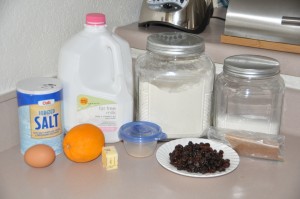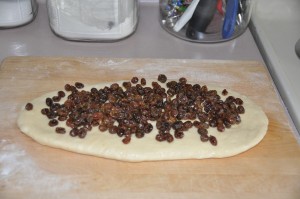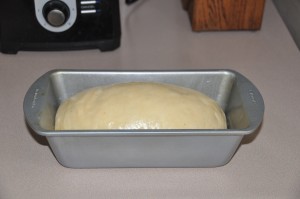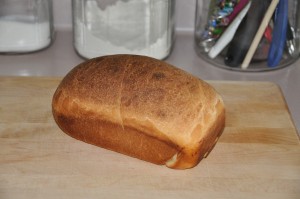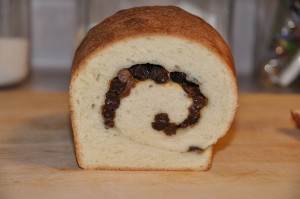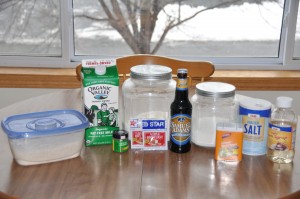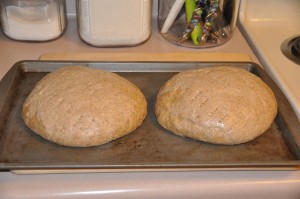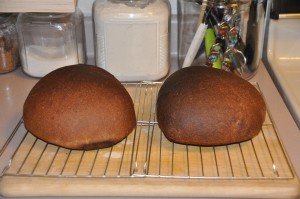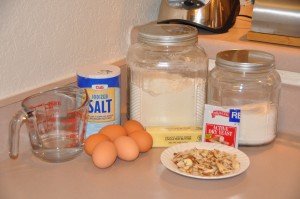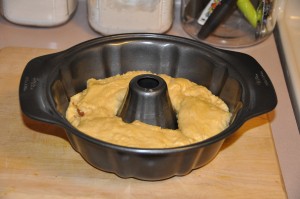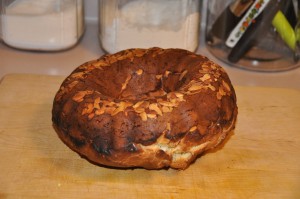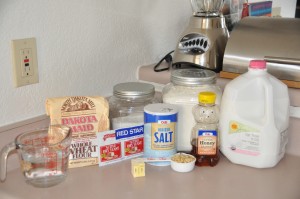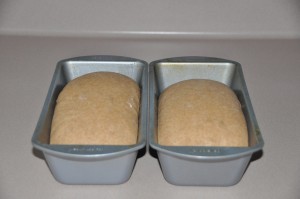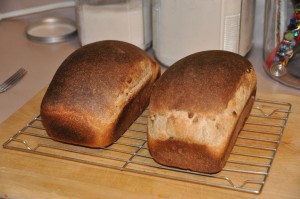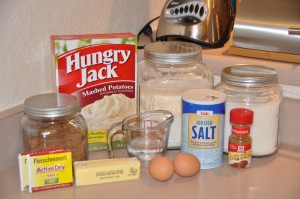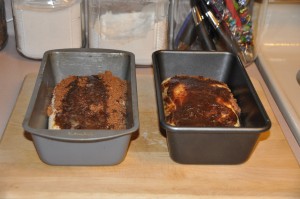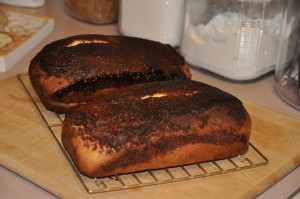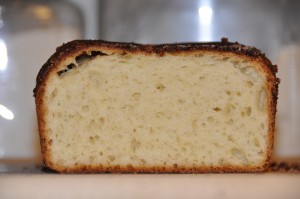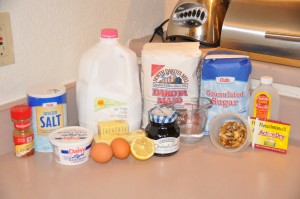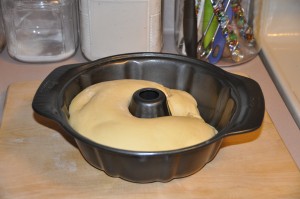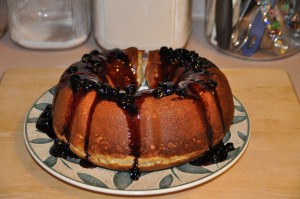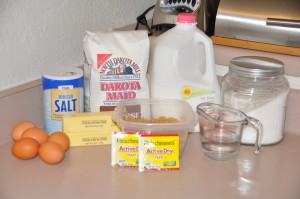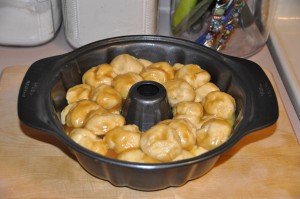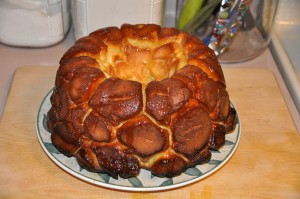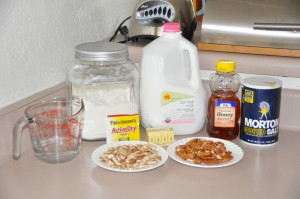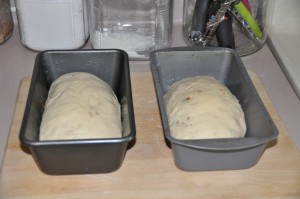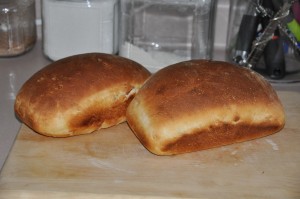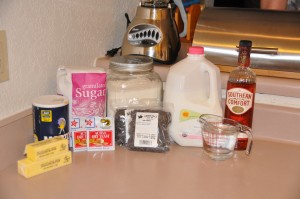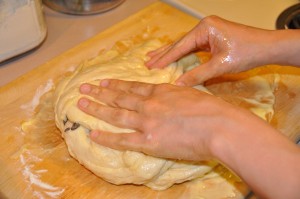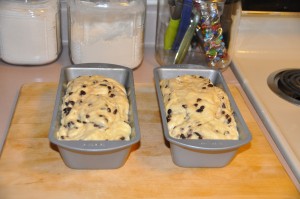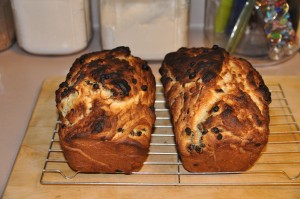“This was a raisin bread that my mother made very often, modeled on one she had admired at the Palace Hotel in San Francisco. During World War I she used to do benefit teas for the British Red Cross, and there were always requests for this bread, thinly sliced and spread with good sweet butter.”
-James Beard, Beard on Bread
Over the course of this project, I researched James Beard and read many of his other books. It is clear that his mother was a tremendous influence in his culinary life, and he very much admired her. In her honor, I am making this raisin bread recipe as written (for the most part) because I felt it would rather sacrilegious to substitute dried cranberries.
Here are the ingredients:
Modifications: I halved the recipe, and I soaked the raisins in water, nutmeg, and orange peel for a few hours instead of in sherry, mace, and orange peel overnight.
My dough mixed and kneaded up quite nicely, but the first rising took almost three hours. When it had finally doubled in size, I punched it down, kneaded lightly, and let it rise for another 30 minutes. Next, I rolled it into a rectangle and topped it with melted butter and the drained raisins.
I rolled the dough up from the short side (after doing it backwards on my first attempt, ending up with a very long loaf that didn’t hold together) and placed it in my 8 x 4 loaf pan for another half hour of rising.
I baked the loaf at 400 degrees for 10 minutes, then at 350 degrees for 20 minutes.
The verdict? For a bread that involves raisins, this one isn’t bad. It has a buttery, fluffy texture, and the hint of orange from the prepared raisins is a nice touch. If you must make raisin bread, Mother’s Raisin Bread is a good one.

